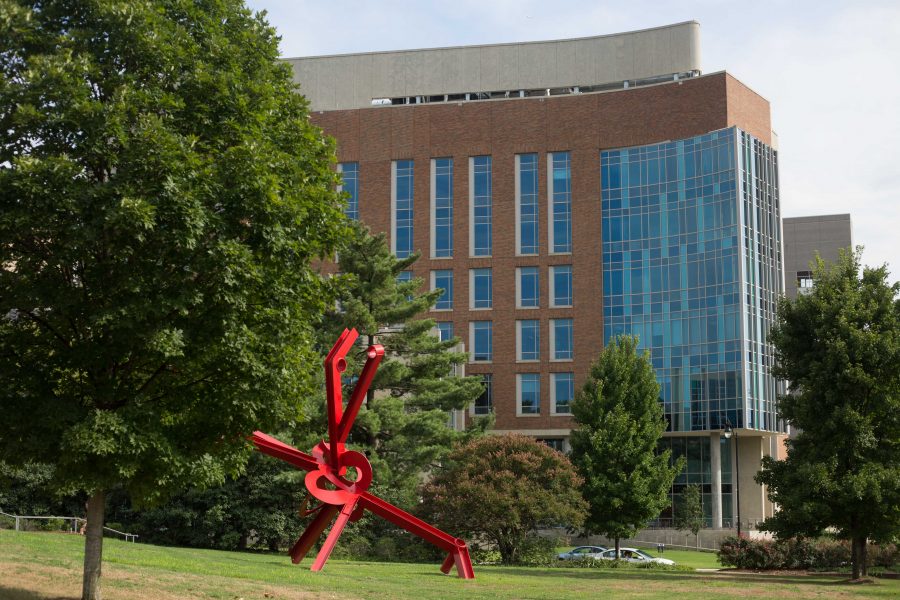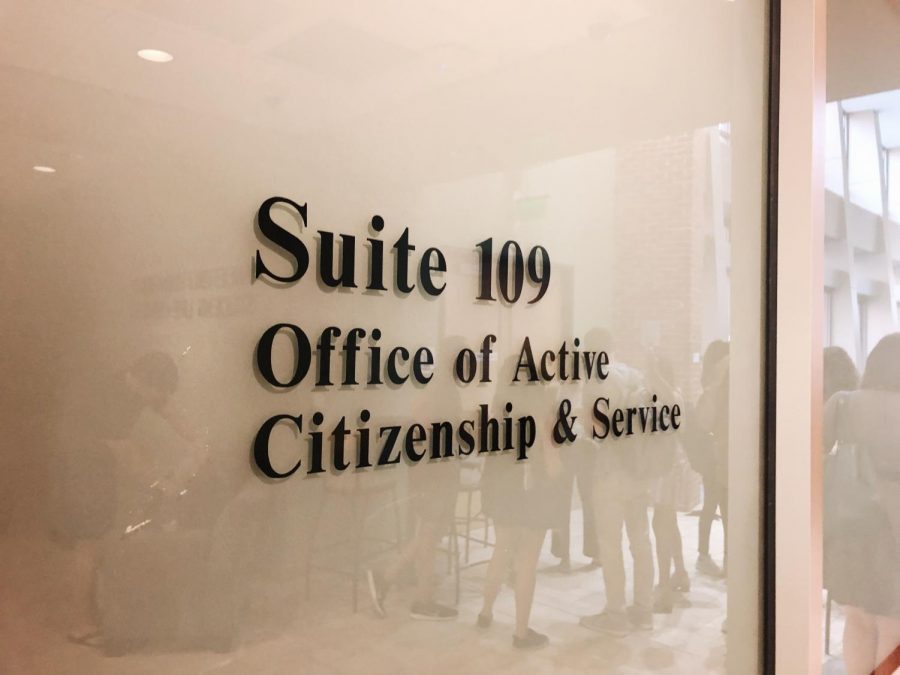Innovations can be life-changing, not for just the people who benefit from them but for the creators too. DIVE provides a pathway for students to take part in this process as the creators themselves, and introduces them to a range of creativity, networks and opportunities.
DIVE (Design as an Immersive Vanderbilt Experience) teaches design thinking to students so that they can develop their critical thinking skills while working in multidisciplinary teams to solve complex, real-world problems.
According to DIVE’s director Kevin Galloway, design is a process for problem solving. DIVE provides a model for students to learn the process of human-centered design, which is based on critical thinking skills put towards the goal of improving society.
Through DIVE, students can define a problem in their community, brainstorm different solutions with teammates, talk with people in their community about a certain design and get feedback, prototype the design at the Wond’ry Makerspace, test it out and continue the cycle.
For example, there was a Tikkun Olam Makers (TOM) Makeathon in January where need-knowers (people with disabilities) were paired with makers (students) so that the makers could help their need-knowers by designing assistive technology. Students made life-changing innovations such as a device that allowed a child with one finger to write.
“These are experiences you take with you. Through DIVE programs, you’ll build new networks, gain insights, and maybe discover a new passion. And when you’re interviewing with a potential future employer, you want to say you did cool work,” Galloway said. “DIVE gives you the potential design process to do high-impact work across a range of domains and a framework to talk about it in a compelling manner.”
DIVE has grabbed the attention of several freshmen, since it can fulfill the new Immersion graduation requirement for the class of 2022. One of them is Crystal Cheng (’22), who is planning to major in civil engineering.
“I think the design approach to problem solving is very pertinent. It targets a lot of problems that I have regarding certain problem-solving approaches,” Cheng said.
She attended Design Dash, the first DIVE boot camp of this semester. There, she was introduced to human-centered design and the design process. She also had the opportunity to meet new people and collaborate with them for a short project.
“I was unexpectedly surprised how many innovative solutions we could come up with to seemingly mundane tasks,” she said.
There are more boot camps to come throughout the semester, each designed with the purpose to introduce the Vanderbilt community to DIVE. On Oct. 27, there is a boot camp called “UX Methods and Designing Thinking for Retail,” and on Nov. 10, there is “Design Thinking for Assistive Technology.”
“If there’s anyone who’s interested in learning more about design thinking, what’s great about [DIVE bootcamps] is that you’re going to meet interesting people [and] you’ll learn something new. The other nice thing is that they’re free, we feed you and there are no grades,” Galloway said.
Students who enjoy these boot camps and decide to continue onto the DIVE pathway can immerse themselves in co-curricular activities by becoming members of student organizations such as Design for America or applying for Local OACS so they can solve problems while serving the Nashville community. In addition, they can take courses for credit such as ME 3890: How to Make (Almost) Anything, which will be offered this spring.
DIVE is a growing program and students are continuing to make an impact on their community through these various opportunities.
If you want to learn more, check out DIVE’s website here.


